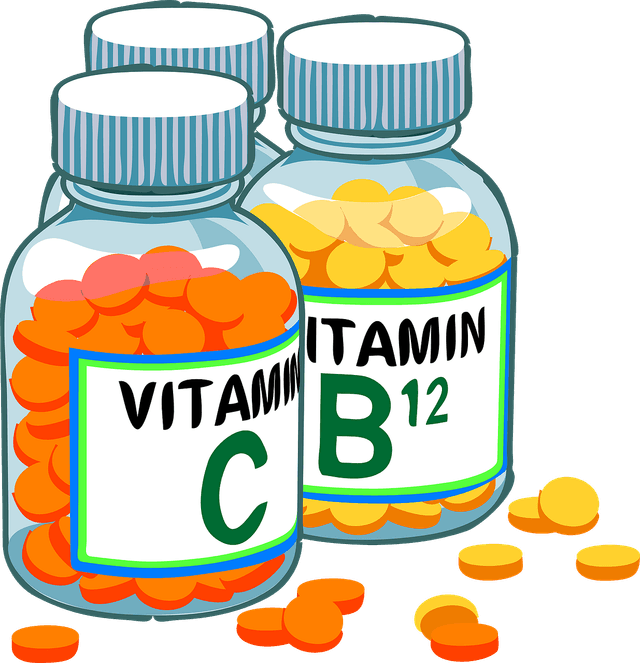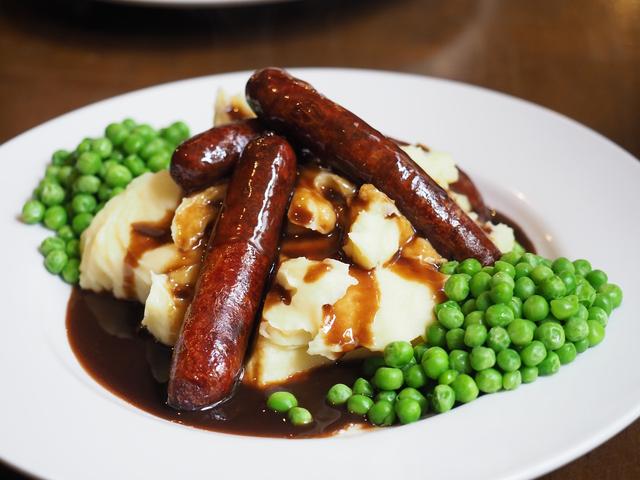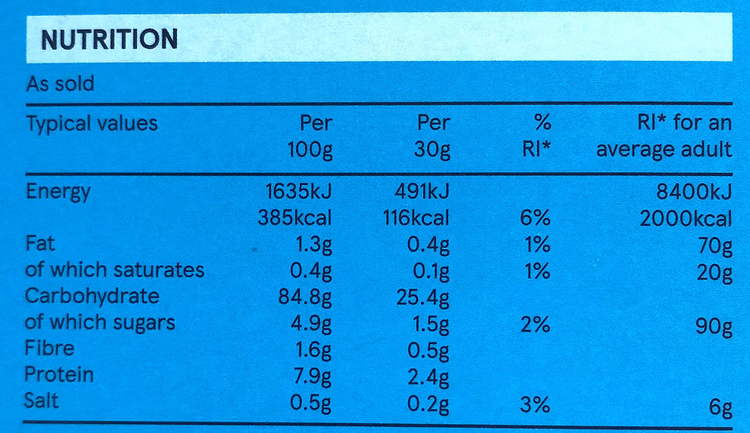Myths about teaching can hold you back
- Year 8
Food is a source of building materials and energy
I can explain how food is used for growth and repair and to provide energy, and interpret information on food labels about the amounts of nutrients and energy provided by different foods.
- Year 8
Food is a source of building materials and energy
I can explain how food is used for growth and repair and to provide energy, and interpret information on food labels about the amounts of nutrients and energy provided by different foods.
These resources will be removed by end of Summer Term 2025.
Switch to our new teaching resources now - designed by teachers and leading subject experts, and tested in classrooms.
These resources were created for remote use during the pandemic and are not designed for classroom teaching.
Lesson details
Key learning points
- Food is a source of building materials to make biomass for growth and repair.
- Food also provides the fuel for cellular respiration, to provide energy for life processes.
- Different individuals require different daily amounts of food and energy.
- Food labels contain information on the content of the food and daily recommended amounts of nutrients and energy.
- The amount of energy provided by food can be compared in kilojoules or calories.
Keywords
Food - Source of building materials and energy for living organisms.
Biomass - Dry mass of a living organism.
Joule - Unit of energy.
Kilojoule - 1 kilojoule is 1000 joules.
Calorie - Unit of energy used on food labels.
Common misconception
Protein is the main source of energy in our diets.
Carbohydrates and fats are the main source of energy in our diets.
To help you plan your year 8 science lesson on: Food is a source of building materials and energy, download all teaching resources for free and adapt to suit your pupils' needs...
To help you plan your year 8 science lesson on: Food is a source of building materials and energy, download all teaching resources for free and adapt to suit your pupils' needs.
The starter quiz will activate and check your pupils' prior knowledge, with versions available both with and without answers in PDF format.
We use learning cycles to break down learning into key concepts or ideas linked to the learning outcome. Each learning cycle features explanations with checks for understanding and practice tasks with feedback. All of this is found in our slide decks, ready for you to download and edit. The practice tasks are also available as printable worksheets and some lessons have additional materials with extra material you might need for teaching the lesson.
The assessment exit quiz will test your pupils' understanding of the key learning points.
Our video is a tool for planning, showing how other teachers might teach the lesson, offering helpful tips, modelled explanations and inspiration for your own delivery in the classroom. Plus, you can set it as homework or revision for pupils and keep their learning on track by sharing an online pupil version of this lesson.
Explore more key stage 3 science lessons from the Diet and exercise unit, dive into the full secondary science curriculum, or learn more about lesson planning.

Equipment
Licence
Prior knowledge starter quiz
6 Questions
Q1.What type of organism always starts a food chain?
Q2.Which types of organisms are producers?
Q3.A cow eats grass, therefore it is known as a consumer.
Q4.Which foods have a high fat content?
Q5.Match up the food group to its function in the body.
provides energy
provides energy, insulation and are in cell membranes
builds cells and tissues
helps to strengthen bones and teeth
Q6.True or false? Taking a vitamin tablet is the only way to get vitamins.

Assessment exit quiz
6 Questions
Q1.The arrows in a food chain show the transfer of...

Q2.The dry mass of a living organism is known as .
Q3.True or false? Food is a fuel for your body.

Q4.Sort these people into order based on the amount of carbohydrate and protein they need in their diet. Start with the person that needs the most.
Q5.True or false? One kilojoule is the same as 100 joules.
Q6.How many kilojoules of energy is provided by a portion of this cereal?



